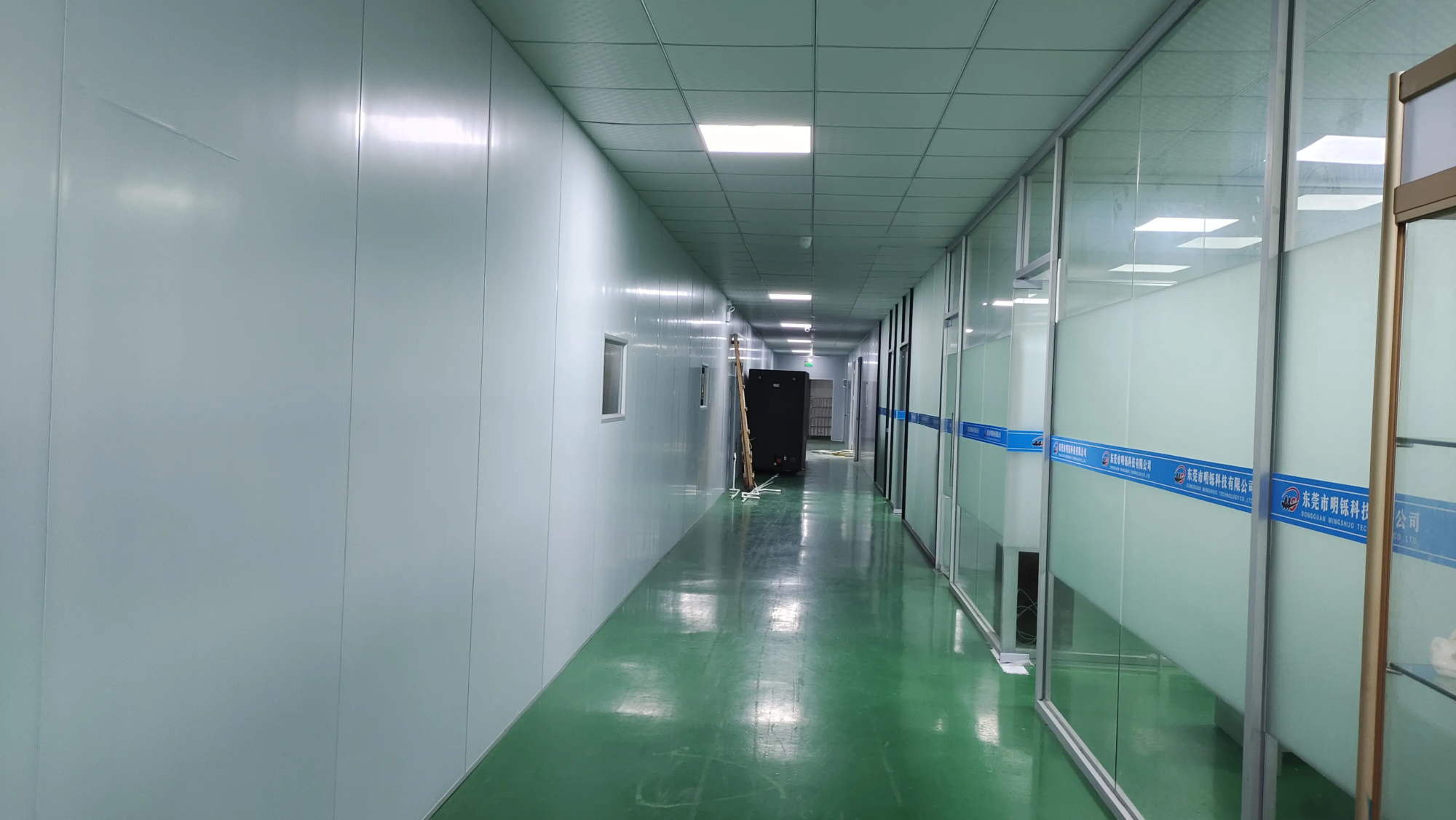On May 6, 2025, according to the resource library, foreign developer Joshua Bird recently published his self-developed “S4” cutting software on Github. The software can generate non -flat printing paths, effectively reducing the dependence on structures overlooking support materials in FDM printing, and provides a technical solution worthy of attention.
The publication of S4 breaks the two -dimensional limits of traditional slicing software in path planning. Core R-TheTa, a four-axis printing platform in an open source synchronous manner, has a material support for the construction of a high degree 3D printing system at a high degree of freedom. This solution, which combines the gentle and hard and completely open source source, should reduce the threshold for the use of non -flat FFF technology and promote its actual implementation in industrial applications.
Non -planar path: let the theory really “print”
S4 is the full name “Smooth Sliner for Surfaces”, and its workflow is divided into three main steps:
- Model deformation: Perform a geometric transformation of the original model to make its surface more suited to printing in the direction of the Z axis and reduce overhang;
- Traditional slices: Use existing slice tools (such as CURA) to carry out ordinary slice operations on the deformed model;
- Restore the path: Restore the code G generated with the original model through mathematical cartography, thus obtaining a non -planar printing path.
This process maps traditional 2D slices in complex three -dimensional paths, allowing the print head to move smoothly along the surface, standing out from the traditional stacking construction method of the Z axis. While reducing considerably or even completely by completely eliminating the support structure, this method is particularly suitable for the printing of objects with complex curved surfaces, such as aerospace pieces, Personalized sculptures, etc.
Core R-TheTa: open source material designed for non-flat paths
In order to give a complete game to the advantages of S4 in the generation of non -planar paths, Bird simultaneously launched a 3D printing system with four open source – Core R -TheTa axes. The structural design of the system includes: R axis R (rotable printing platform), theta axis (vertical rotary tool head) and linear mobile axis in the X / Z direction.
The system has abandoned the complex and expensive mechanism to five axes in its design and can carry out a multi-axis control using the equipment at the office. With its low cost and high flexibility, Core R-TheTa is particularly suitable for teaching experiences, verification of scientific research and light industrial production. At the same time, all of its CAD files, control logic and assembly solutions have been fully published on Github, encouraging world users to reproduce and optimize.
A key step in promoting popularization must still overcome the technical threshold
In fact, non -flat paths have long existed in the research literature, but have been limited by high equipment costs and complex software thresholds. The publication of S4 and Core R-TheTa opens technology to the public for the first time in an open source, considerably improving its accessibility and its realization.
However, technology is still faced with two real challenges. First of all, most existing FDM printers have three -axis structures and cannot be directly compatible with non -planar paths, which brings restrictions to the adaptation of the equipment. Secondly, non -linear movement paths put higher requirements on generation and control of the G code, increasing the complexity of users in the operation of software and the debugging of the system.
Although there are still many challenges, the launch of S4 undoubtedly shows that non -flat 3D printing technology leaves the laboratory and is starting to be practical. Just as the Reprap project has brought the printing of FDM office to the public over ten years ago, similar technological changes are now reappearing.





